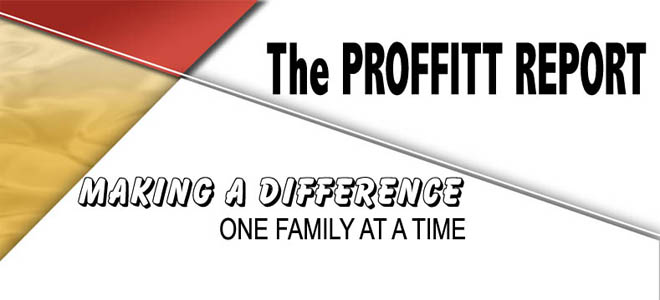 Conforming mortgage rates may be posting all-time lows this week, but that doesn't mean you'll be eligible for them. You may have already called your loan officer and found this out the hard way.
Conforming mortgage rates may be posting all-time lows this week, but that doesn't mean you'll be eligible for them. You may have already called your loan officer and found this out the hard way.
It's because of a federally-mandated mortgage-pricing scheme known as "loan-level pricing adjustments".
In effect since April 2009, loan-level pricing adjustments are changes to a loan's base rate and/or fee structure based on that loan's inherent risk to Wall Street. It's similar to auto insurance pricing adjustment in that a sports car, all things equal, will cost more to insure than a comparably-priced minivan.
More risk, more cost.
In mortgage lending, loan risk can be loosely grouped into 5 categories. Mortgage applications featuring any of the five traits are subject to price adjustments:
- Credit Score (i.e. the borrower's FICO is below 740)
- Property Type (i.e. the subject property is a multi-unit home)
- Occupancy (i.e. the subject property is an investment home)
- Structure (i.e. there is a subordinate/junior lien on title)
- Equity (i.e. mortgage insurance is required by the lender)
Furthermore, loan-level pricing adjustments are cumulative.
A 3-unit investment home will face larger adjustments than an owner-occupied 3-unit home, for example. It's these adjustments that explain why you may not be eligible for the rates you see advertised online and in the newspapers -- your particular loan may be subject to this risk-based pricing that raises your mortgage rate and closing costs.
The government's loan-level pricing adjustment schedule is public information. See what your lender and how your loan quote is made at the Fannie Mae website. Or, if you find the charts confusing, just call or email your loan officer for help with interpretation.








No comments:
Post a Comment